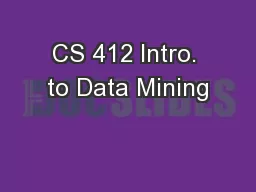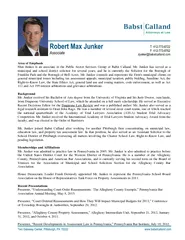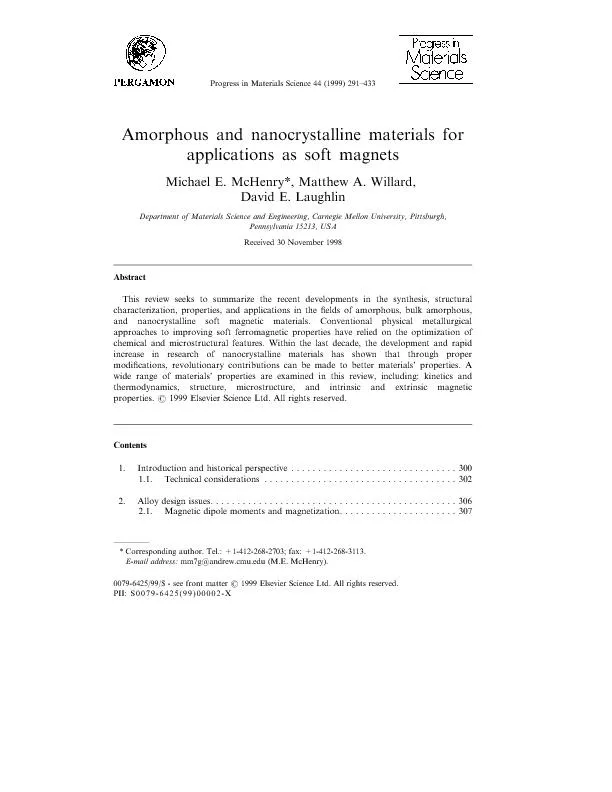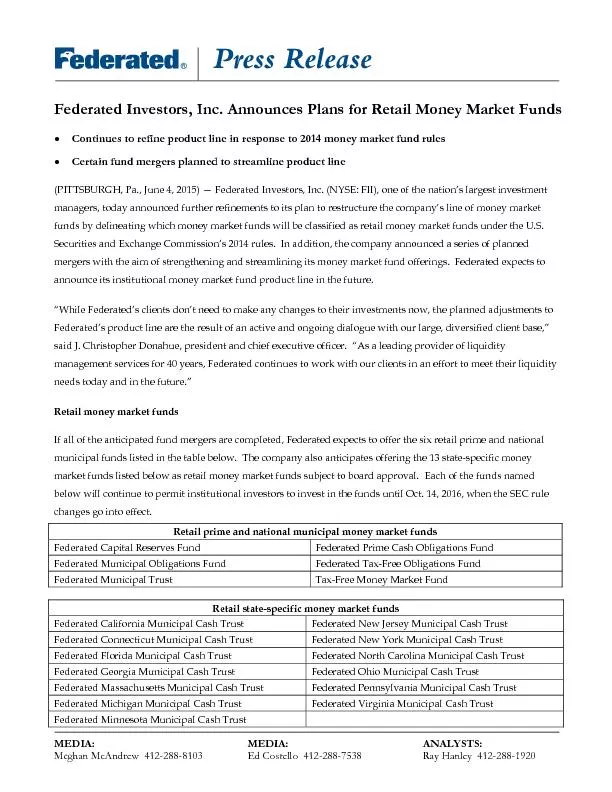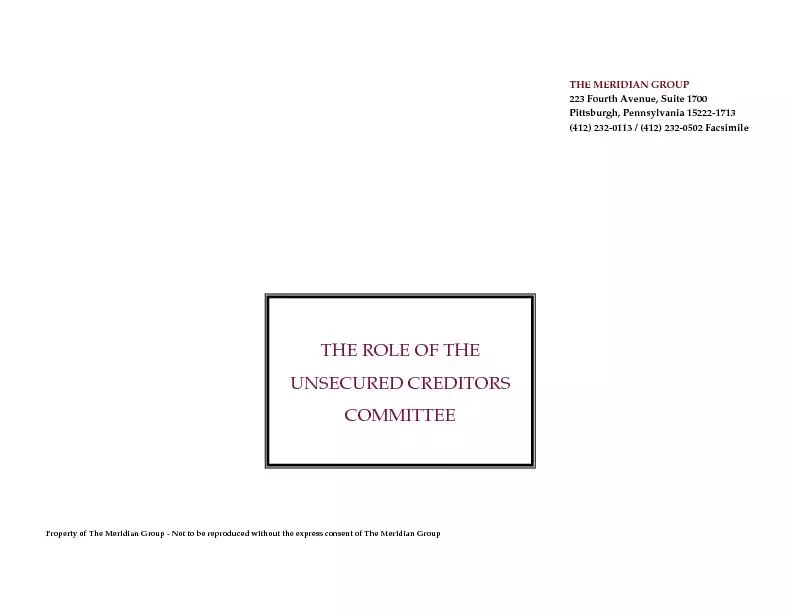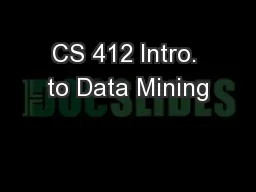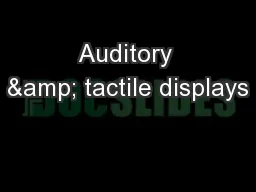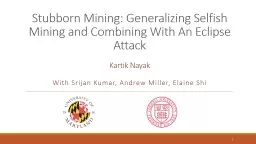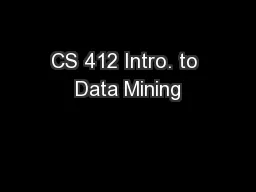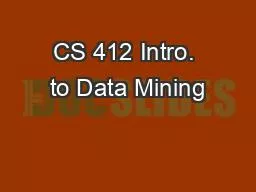PPT-CS 412 Intro. to Data Mining
Author : tatiana-dople | Published Date : 2018-09-20
Chapter 7 Advanced Frequent Pattern Mining Jiawei Han Computer Science Univ Illinois at UrbanaChampaign 2017 1 October 28 2017 Data Mining Concepts and Techniques
Presentation Embed Code
Download Presentation
Download Presentation The PPT/PDF document "CS 412 Intro. to Data Mining" is the property of its rightful owner. Permission is granted to download and print the materials on this website for personal, non-commercial use only, and to display it on your personal computer provided you do not modify the materials and that you retain all copyright notices contained in the materials. By downloading content from our website, you accept the terms of this agreement.
CS 412 Intro. to Data Mining: Transcript
Download Rules Of Document
"CS 412 Intro. to Data Mining"The content belongs to its owner. You may download and print it for personal use, without modification, and keep all copyright notices. By downloading, you agree to these terms.
Related Documents

